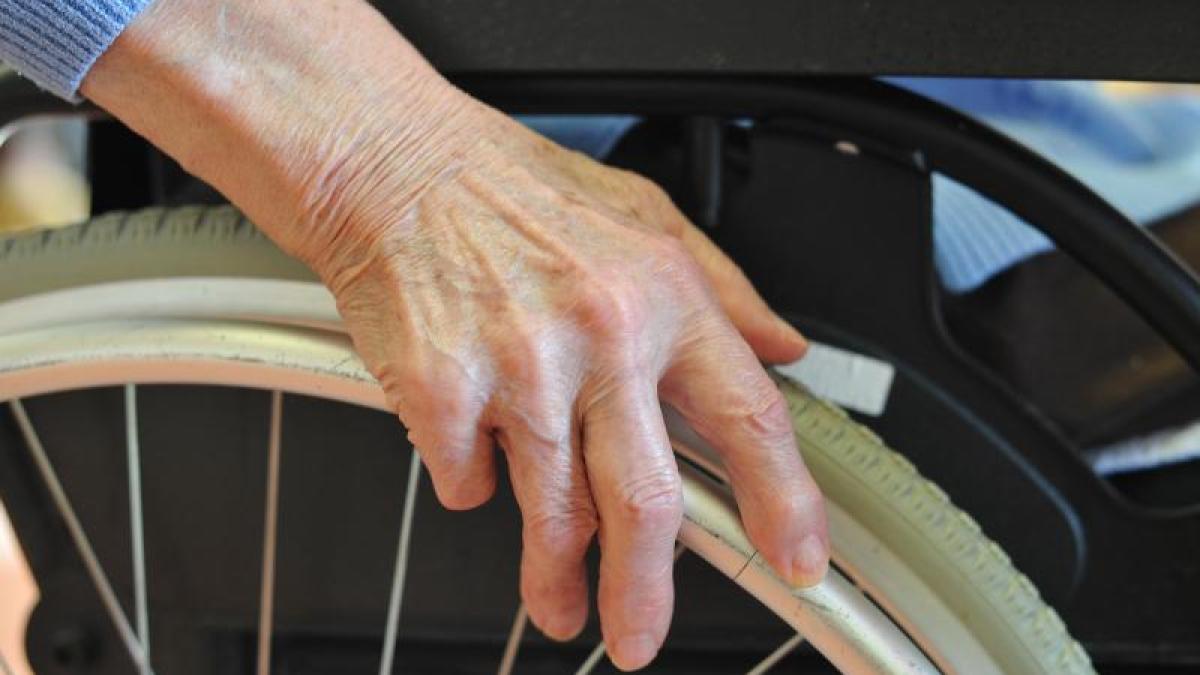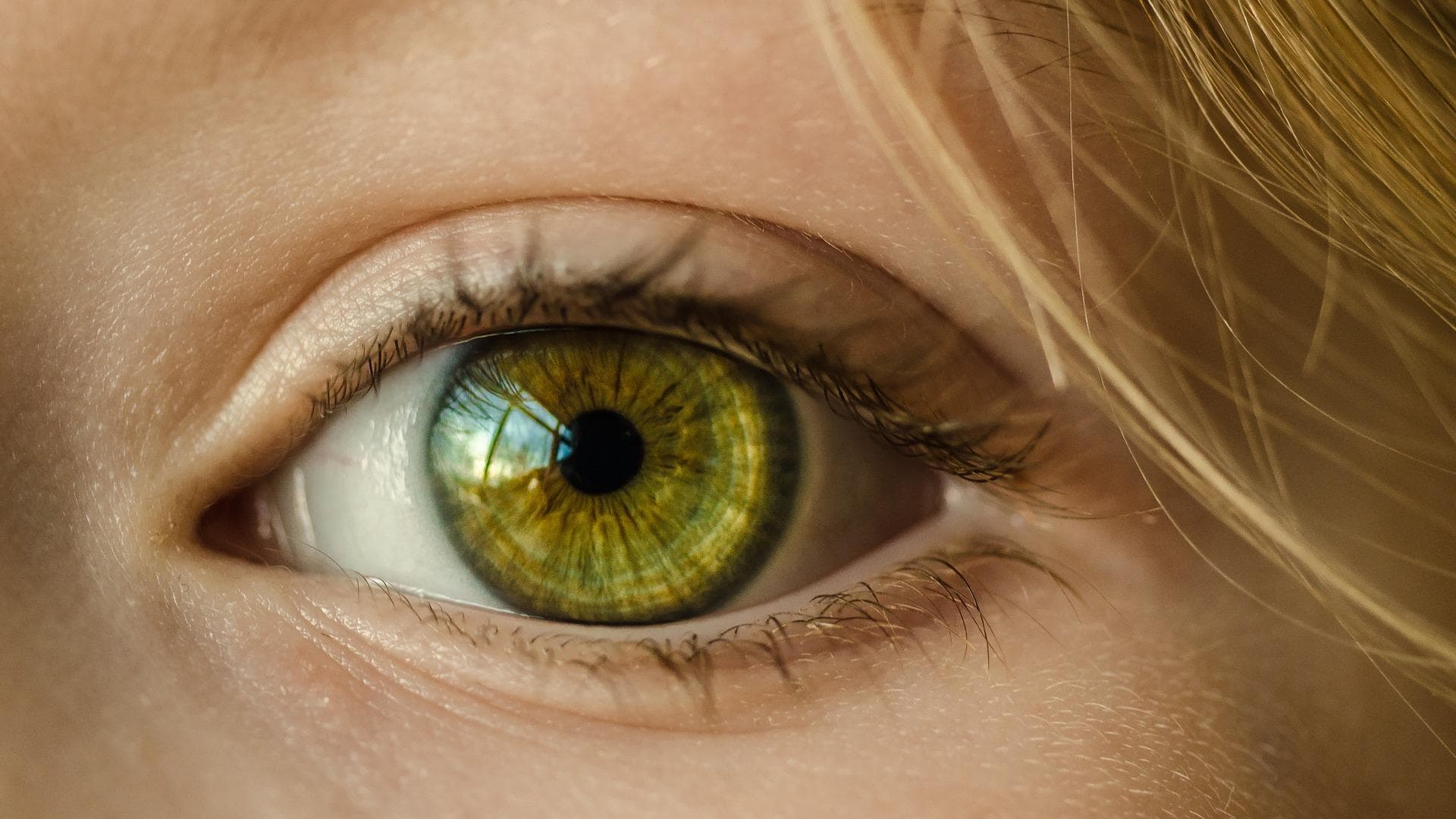Did you know that some everyday objects have more bacteria than a toilet? One thing you really use every day and that’s probably so clean it rarely gets dangerously close to all of us…
Important in advance:
Bacteria everywhere. Even the human body is colonized with bacteria and we benefit from bacteria in many ways. A good example is the gut flora or the acid mantle of the skin. Therefore, most bacteria are completely harmless – but not all of them. It becomes a problem when “bad” bacteria, i.e. potential pathogens, as well as “good” bacteria, build up on everyday objects and surfaces that we come into contact with frequently.
These include glasses, for example – so good hygiene is especially important for people who wear contact lenses, as bacteria can enter the eyes via fingers when the lenses are inserted. Here’s where research has found the most bacteria — and it may surprise some that it’s not just toilet.
In the clip: quick and ingenious cleaning hacks
1. Most bacteria lurk under the nail
Most bacteria are found under the nail — on average there are about 50,430. This nail leader stresses the importance of washing your hands and trimming your nails regularly.
2. On the toilet
There are much fewer bacteria in the toilet than there are under the nail – that’s about 2856. So please don’t forget to wash your hands here! You should also make sure to fold the toilet lid when flushing, as this raises a lot of germs.
3. On glasses
Eyeglasses wearers: Take note: About 1,277 bacteria were found in tests on a pair of glasses. Even more than a mouth and nose guard. Regular cleaning is also helpful here.
4. On a foundation brush
Let’s take a look inside the cosmetic bag. There are about 1,176 bacteria out there alone on a foundation brush. The bacteria that ends up on your face when you put on makeup. A dirty brush can irritate the skin and clog pores. Therefore, it is best to clean your brushes regularly with an antibacterial cleaning agent.
5. On the door handles
We touch many doorknobs every day and countless bacteria, some pathogenic, lurk here too. Some types of bacteria can survive and multiply on surfaces for long periods of time. So if the bacteria settles on a doorknob, it can remain contagious for hours or days and be passed from person to person.
6. On our fingers
There’s a lot going on not only under our nails, but also on our fingertips: if you think about everything we touch every day, it’s not surprising that there are about 339 different bacteria on our fingers. In the event that pathogens are present among them, washing hands thoroughly is the solution and the end.
7. Put on a sleeping mask
We change and wash clothes almost every day. On the other hand, with a sleep mask, things are probably a little different. Anyone who sleeps with a sleep mask will want to change it often from now on, at the latest. Because there are also about 329 bacteria here.
8. On our pillows
Dead skin cells and mites keep 274 bacteria from the pad. In order for you to sleep comfortably and healthy, you should change dirty sheets once a week.
9. On the eye shadow brush
Considering how close this brush gets to the eyes, the average of 102 bacteria is a bit concerning. This brush can also be cleaned regularly and above all thoroughly with lukewarm water and a cleaning agent.
10. On an eyelash curler
The eyelash curler also gets dangerously close to your eyes, but the average of 56 different bacteria that can be detected on it is a relatively low number. However, the motto is: clean, clean, clean.
11. On your phone
This number may surprise many. Because even though we carry it with us all the time and squeeze it with our fingers, there are only about 38 different bacteria on a smartphone. However, that does not mean there are no pathogens lurking underneath. So try to sanitize your screen regularly.
12. On kitchen sponges
Even if you care about cleanliness in your kitchen and wash a sponge with enough washing up liquid, this is a real germ filter. Unfortunately, many foods that come into contact with it cannot be removed even with a 60-degree wash. Therefore, it is recommended to replace the sponge once a week.
13. On public transport
It is – literally – obvious: where a lot of people gather, there are also a plethora of different bacteria to be found – everywhere! Regardless of whether they are on the handles, in the seat upholstery or in the armrests. Try to avoid touching your face with your hands when using public transportation, and wash your hands appropriately with soap whenever possible.






